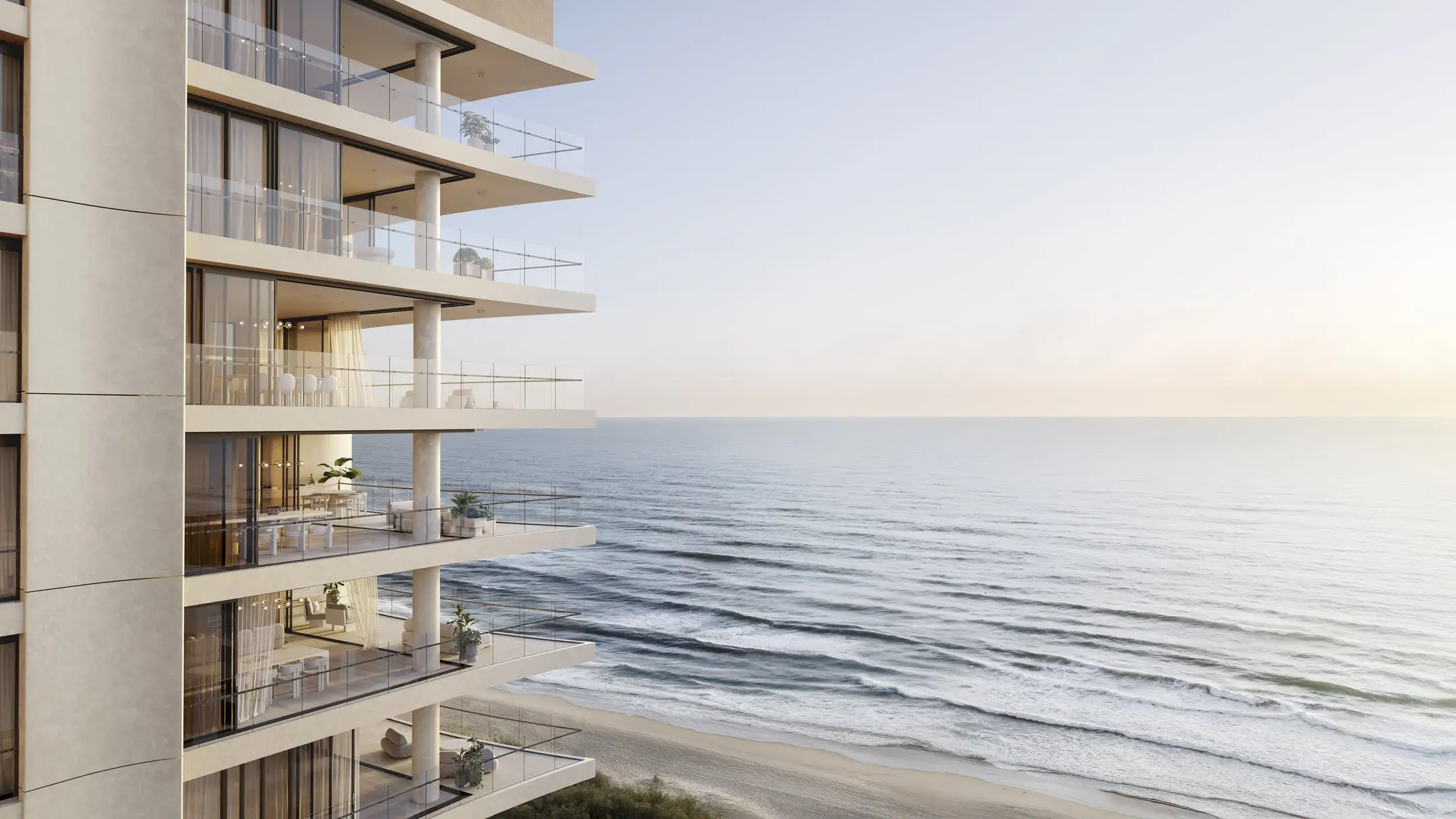
Australia’s energy bills are among the highest in the world and we have a daunting number of suppliers offering an intimidating array of deals and tariffs. The challenge is – how to find the most economical and appropriate for our particular circumstances?
A report by Choice found that, in Victoria, households were paying 21 per cent more on average for their energy than the cheapest offer available. Nearly one quarter were paying $500 a year more than that offered by the best deal. The Australian Council of Social Service (ACOSS) says that price differences between energy retailers in Victoria can be as much as $830 a year for electricity and $480 for gas.
However, comparing providers is complicated and confusing. Thirty-seven suppliers operate around Australia and most households use one of the ‘big three’ – AGL, Origin and Energy Australia. And there are two main types of energy plans – market retail plans and standard retail plans.
Under market retail plans, prices are set by the energy suppliers and can change at any time, even immediately after you have signed up. Discounts may be available on these plans.
With standard retail plans, prices are set by the suppliers in Victoria and South Australia. In other states and territories, prices are set by the government. Prices are generally higher than market retail plans and can’t change more than once every six months. Discounts are not available.
With both plan types, you are billed in two ways – fixed and variable charges. The fixed charge is a flat fee to cover the costs of infrastructure, administration and supply. The variable portion of your bill is the usage – the part you can change by how efficiently you use energy and which supplier you choose.
Comparing energy suppliers
There seem to be more comparison websites than energy providers, but the most independent sites are those offered by the government.
Choice says that sites such as iSelect, Compare the Market, and Finder, only compare a few providers, calculate quotes using different methods, and don’t properly explain terms and conditions. Also, several of these supposedly unbiased comparison sites have commercial deals with providers.
This government site, energymadeeasy.gov.au has calculators to help you find the best electricity and gas options, whilst energy.gov.au has a huge amount of information on usage, savings and suppliers.

Switching suppliers
Switching can take up to three months, depending on where you are in your billing cycle. It can sometimes be done immediately, but you will need to apply for a special meter reading and additional fees may apply. You may also incur an exit fee from your existing supplier.
Things to consider when planning to switch
- What’s the best deal for my circumstances? Have some past bills handy and discuss the pros and cons of different tariff options.
- How long does the contract last? Long-term contracts may offer a slightly better rate.
- Are incentives or discounts for the life of the contract or do they end after a certain period?
- Can I bundle my gas and electricity together and do I save by doing this? What conditions apply to this?
- Beware of discounts. It’s possible they may hide high tariff and usage rates. Find out if the discount applies to the whole bill or just the usage portion.
- Are there exit fees from my current provider?
- Do late fees apply if I can’t pay on time?
- Do fees apply for receiving paper bills or paying with a credit card?
- What happens if my power usage decreases? Some companies insist you pay for a certain amount of power each year. What happens, for example, if you install solar panels and reduce your retail consumption.
- Remember – ‘fixed term’ means the plan lasts for a certain time. It does not mean ‘fixed price’.
Getting your power from a more sustainable source
If you want your energy to come from a renewable source, you can choose to have anywhere from 10 per cent to 100 per cent supplied through the government accredited GreenPower program. This costs more than standard electricity because it goes towards building new infrastructure for the grid.
The estimate is around five to eight cents per KWh more for 100 per cent GreenPower. A 10 to 25 per cent component of your use will cost around one dollar a week more.


